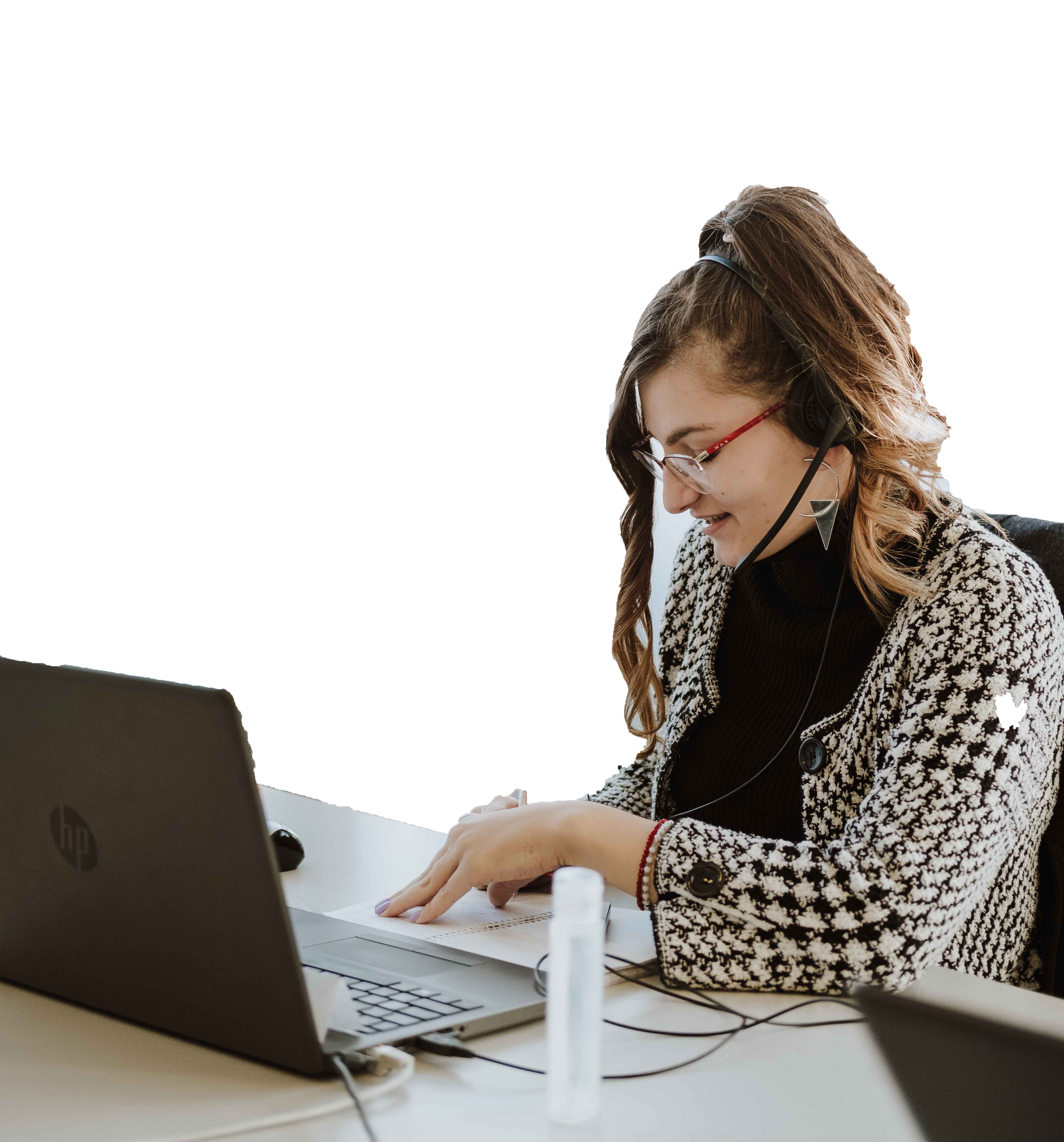It’s 8 a.m. on a working day. No sooner have you woken up than you are sitting in front of the computer in the office. After a few hours you get tingling in your legs. Later on, your back hurts and with every hour you spend sitting, the pain spreads to your shoulders, neck and head. Nevertheless, you somehow manage to stay alert and work effectively. But in the last 2 hours of work you get sleepy and less focused. Such a repetitive situation can and will have a bad effect on work performance, health and mood.
Looks familiar? Then read on, this text is written for you.
Here you will get various simple tips that do not require a lot of time and effort and yet will help a lot to remedy all of the mentioned and many other consequences of sitting. That is exactly what you need.
7 helpful habits almost anyone can incorporate into their workday:
- Take the stairs instead of the elevator,
- It is best to get up and take a few steps back and forth while you are on the phone.
- Water dispensers and trash cans should be as far away from the table as possible so that you have to get up when you need them.
- Change the position in the chair frequently: The next position is always the best.
- Cycle to the office or get off the bus a few stops earlier.
- Instead of calling the other department, just go over there.
- Take a lap around the block during your lunch break.
Exercises:
Neck
Pulling in the neck and throat area is one of the most common complaints after long office work. This exercise will help you relax your neck muscles.
- Sit upright and tilt your head to the right to one side.
- Now bring your right arm over your head and increase the stretch by pulling gently.
- At the same time you push your left arm down from the shoulder to maximize the effect.
- Hold the position for about ten seconds and then release the stretch.
- Repeat the exercise mirror-inverted on the other side.
Shoulders
Shoulder pain is a typical symptom of sedentary work. This is how you can mobilize them quickly and easily:
- Sit as straight as possible on your chair and interlace your fingers.
- Bring your arms straight forward, the backs of your hands pointing towards you, as if you wanted to crack your fingers.
- In this position you now pull your shoulder blades together as tightly as you can.
- Hold this position for about 10 seconds, only then can you relax again.
Or:
To loosen up your shoulders, simply circle your shoulders while standing or sitting: ten times in one direction and then ten times in the other direction.
Spine
Our anatomy is not made for long sitting and the first thing that protests against it is the spine. With this exercise you strengthen and relieve them.
- Sit upright in your chair and interlock the fingers of both hands.
- Now take a deep breath and bring your arms vertically over your head and as far back as you can. You should feel a significant amount of tension in your upper arms.
- Now exhale slowly and hold three to four more deep breaths in this position.
- Bring your arms forward again with one last, slow exhalation.
Chest muscles
Shortened chest muscles are a common result of prolonged computer work. With this exercise you stretch it and prevent painful tension.
- Sit upright on the edge of your chair and stretch your arms horizontally to the left and right. Your hands are at the level of your shoulders, the palms facing forward.
- Now breathe in slowly and deeply, bringing your arms backwards until you feel a distinct tension.
- For a particularly intense effect, press your back down to the hollow of your back. Hold this position for about five seconds.
- Then exhale and bring your arms forward again.
Abdominal muscles
Not only your upper body wants to move, some exercise is also good for your stomach. To do this, simply sit in your chair and pull your legs towards your body by bending your knees. Hold this position for as long as you can while continuing to breathe normally.
Alternatively, you can repeatedly pull your belly button inwards and hold the tension for a few seconds. The chest should not move forward.
Legs
Of course, your legs shouldn’t be neglected either. Apart from the fact that you should stretch them regularly, this exercise will help you with sore calves and thighs.
- Sit upright, place your right leg on the floor and put the ankle of your left leg in front of your right knee.
- Now carefully apply pressure on your knee with your left hand until you feel a stretch in your thigh.
- To increase the effect, you can tilt your upper body slightly forward.
- Hold the position for about ten seconds and then repeat for your other leg.
To train your calves, you can easily use the waiting time on public transport to get to work or a phone call. Simply stand on tiptoe and then slowly lower your foot back down. At least 30 repetitions would be ideal.
These exercises can be performed almost completely inconspicuously several times a day at the workplace. So we have no excuses! To make sure that you persevere, you can write sticky notes as a reminder or set an alarm clock on your mobile phone so that you don’t forget the exercises.
